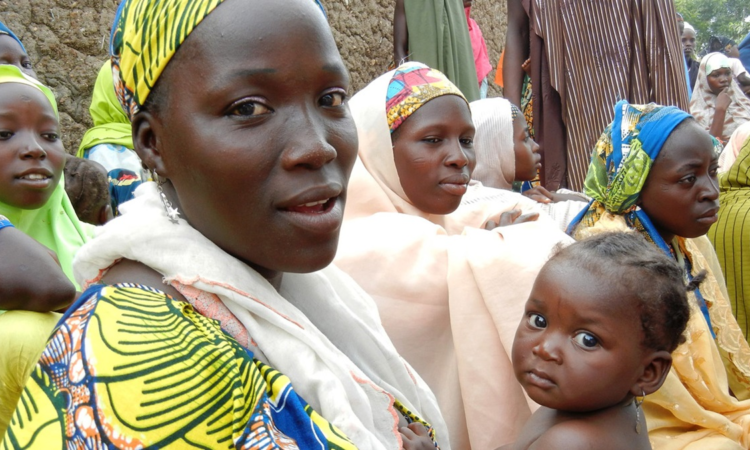Maternal health in Nigeria: generating information for action – World Health Organization (WHO)

Information is essential for change, but in settings where information is not readily available, epidemiological research becomes one of the most powerful sources of information for change. A supplement by BJOG: An International Journal of Obstetrics and Gynaecology titled “Application of maternal near-miss approach to audits of severe maternal complications in a low-resource country” reinforces this message.
Close to 200 million people inhabit Nigeria, considered Africa’s most populous country. Nigeria is also the country where nearly 20% of all global maternal deaths happen. Between 2005 and 2015, it is estimated that over 600 000 maternal deaths and no less than 900 000 maternal near-miss cases occurred in the country.
In 2015, Nigeria’s estimated maternal mortality ratio was over 800 maternal deaths per 100 000 live births, with approximately 58 000 maternal deaths during that year. By comparison, the total number of maternal deaths in 2015 in the 46 most developed countries was 1700, resulting in a maternal mortality ratio of 12 maternal deaths per 100 000 live births. In fact, a Nigerian woman has a 1 in 22 lifetime risk of dying during pregnancy, childbirth or postpartum/post-abortion; whereas in the most developed countries, the lifetime risk is 1 in 4900.
The World Health Organizatoin (WHO) says the high number of maternal deaths in some parts of the world reflects inequities in access to health services, and highlights the gap between rich and poor. Nearly 100% of global maternal deaths occur in developing countries with more than half of these deaths occurring in sub-Saharan Africa and almost one third happening in South Asia. More than half of maternal deaths occur in fragile and humanitarian settings.
WHO adds that poor women in remote areas are the least likely to receive adequate health care. This is especially true for regions with low numbers of skilled health workers, such as sub-Saharan Africa and South Asia. Globally in 2015, births in the richest 20 per cent of households were more than twice as likely to be attended by skilled health personnel as those in the poorest 20 per cent of households (89 per cent versus 43 per cent). This means that millions of births are not assisted by a midwife, a doctor or a trained nurse.
The 7 papers included in the BJOG supplement shed light on some aspects of the Nigerian maternity care and health system, particularly at the tertiary level, between 2012 and 2013. They are offshoots of a landmark survey – Nigeria Near-Miss and Maternal Death Survey – which recorded close to 1000 maternal deaths in 42 tertiary hospitals spread across Nigeria.
When getting there is not enough: a nationwide cross-sectional study of 998 maternal deaths and 1451 near-misses in public tertiary hospitals in a low-income country
The supplement helps readers understand the reasons for the high intra-hospital deaths associated with pregnancy-related complications. Among the issues discussed in-depth include hypertensive disorders of pregnancy, postpartum haemorrhage, and unsafe abortion. An in-depth analysis of uterine rupture—a major sign of delays in managing obstructed labor–is also featured.
The Nigeria Near-Miss and Maternal Death Survey revealed that intra-hospital quality of care issues, and delays in accessing the adequate level of care play a major part in the occurrence of maternal deaths. Moreover, maternity care and the underlying health system experience challenges in reducing avoidable deaths and promoting health and well-being.
Team leaders, hospital managers and policy makers should act on the information obtained from the survey to reduce maternal deaths and morbidity in Nigeria. It is also recommended that similar initiatives be put in place where health information systems are not fully operational and unable to generate actionable information.
Improving maternal health is one of WHO’s key priorities. WHO works to contribute to the reduction of maternal mortality by increasing research evidence, providing evidence-based clinical and programmatic guidance, setting global standards, and providing technical support to Member States.
In addition, WHO advocates for more affordable and effective treatments, designs training materials and guidelines for health workers, and supports countries to implement policies and programmes and monitor progress.
10 ways to improve the quality of care in health facilities
More on WHO’s on maternal health
News
Fact sheets
Events







